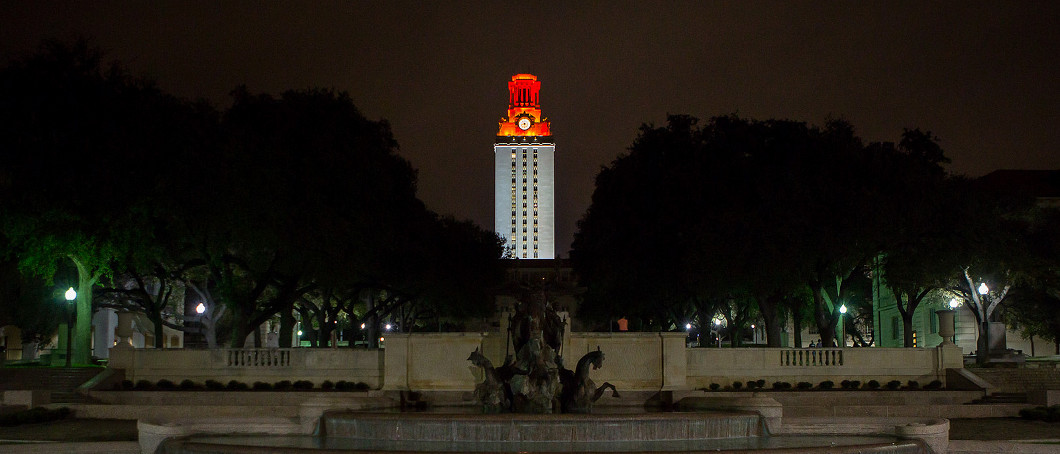Researchers at the University of Texas at Austin have developed the most promising potential vaccine against the Ebola virus yet.
The drug is the product of seven years of work by UT Austin College of Pharmacy Professor Maria Croyle, UT graduate student Kristina Jonsson-Schmunk, and Dr. Gary Kobinger at the National Microbiology Laboratory in Winnipeg. In a study published Saturday by the scientific journal Molecular Pharmaceutics, the teams say their vaccine lowered the Ebola mortality rate in non-human primate test subjects to zero and appeared to offer long-term protection against the virus.
They also found that injecting the drug only saved the lives of about 50 percent of the primates that received a dose, so the innovation of switching from needles to inhalers is significant indeed. Aside from the obvious benefits of increased survival, the inhalable Ebola vaccine also bypasses the numerous logistical challenges posed by deploying an injectable substance across impoverished nations in Africa where Ebola is killing thousands. The teams are also investigating a way of administering the drug with a small, dissolvable strip placed under the tongue.
“The main advantage of our vaccine platform over the others in clinical testing is the long-lasting protection after a single inhaled dose,” Professor Croyle said in prepared text released by UT Austin. “This is important since the longevity of other vaccines for Ebola that are currently being evaluated is not fully evaluated. Moreover, this immunization method is more attractive than an injectable vaccine given the costs associated with syringe distribution and needle safety and disposal.”
The vaccine is now moving into phase I clinical trials in humans, so keep your fingers crossed.
We’ve been telling you (over and over) that UT Austin is one of the finest institutions of higher learning in the whole world, but this story makes the case better than any to come before it.
——
Featured photo: Flickr user Earl McGehee, creative commons licensed.








